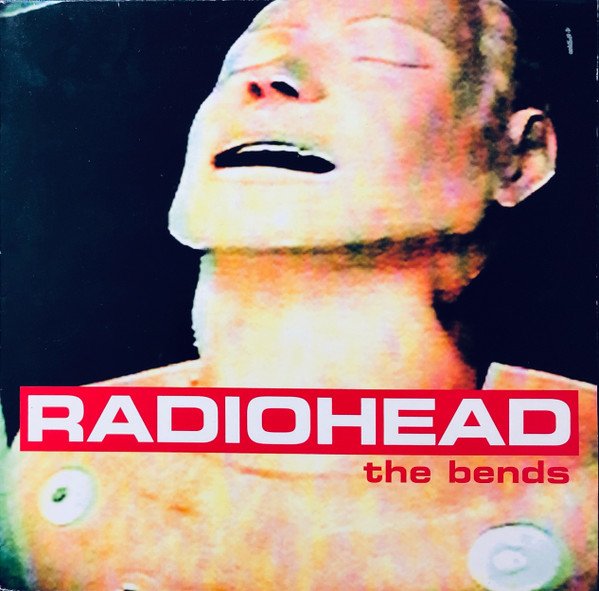When: Released February 27, 1995
Why? The only Radiohead song I’ve ever heard is “Creep,” from the band’s first album, “Pablo Honey.” This album is consistently ranked among the best Radiohead albums. 1001 Albums You Must Hear Before You Die describes it as Radiohead’s “rock masterwork.”
What? Twelve songs, 49 minutes. This is Radiohead’s second album. In many ways, it is a reaction to “Creep”’s sudden success, their unexpectedly fast rise to fame (hence, the bends), and their frustrations with how that earlier hit defined them for their new audience as well as their record company.
First Impressions: There is an air of melancholy that persists throughout the songs on this album, heightened, perhaps, by Thom Yorke’s plaintive voice, which frequently breaks into soft, yearning falsetto.
Lyrics focus on frustration, disappointment, fraught relationships, and the sad state of the modern world. These can be big ideas. Yet, oddly, I found the songs unmemorable. I even ended up listening to this one three times because I had such a hard time remembering anything about it after each listen. I believe the fault lies—if it is a fault—in the verse melodies and the vocal performances, which are so similar across the album that none of the songs stand out as distinctive on their owen. In addition, too many songs have the same mid-tempo feel. I found no hooks to hold onto, no songs I had to listen to again because they so captured my attention or imagination. Even though I was touched by many of the lyrics as I listened, the emotional connection was fleeting; this album had a way of washing over me without leaving any lasting impression. In other words, I remember what the songs were about; I just don’t remember the songs.
I don’t think there’s a bad song on the album. For me, though, the weaker tracks would include opener “Planet Telex” (although the chorus is beautiful and highlights one of the album’s themes: “Everything is broken / Everyone is broken”), “High and Dry” (again, a beautiful chorus melody but lyrics that shift from literal to cryptic and, eventually, nonsensical), and “Bullet Proof…I Wish I Was.” Favorites include: “The Bends,” “Fake Plastic Trees,” “Just,” “My Iron Lung,” and “Black Star.”
So? To view this album as Radiohead’s “rock masterwork” may require familiarity with the rest of the band’s output. On its own, it is rewarding in the moment, but it didn’t linger with me. While I appreciate that this album is so listener-friendly, I wish I were listening repeatedly because I loved the songs or was intrigued by the content, not because I couldn’t remember what anything sounded like.




